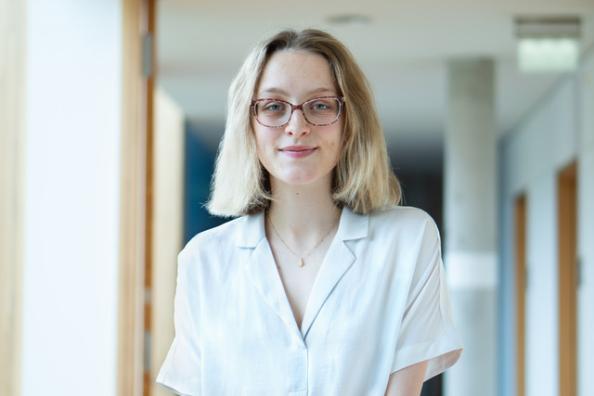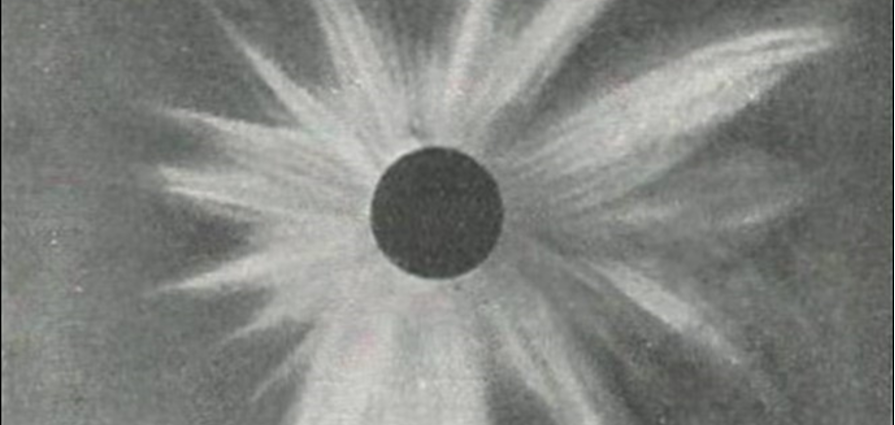Women in Nineteenth-Century British and American Astronomical Fieldwork
Megan Briers’s project examines British and American women’s involvement in and contribution to astronomical fieldwork across the nineteenth century.
In the early nineteenth century, female relatives often accompanied male astronomers who were members of official parties or undertaking their own expeditions into the field. As the century progressed, more opportunities opened for women to independently travel, observe, and investigate astronomical phenomena, especially with the creation of the British Astronomical Association in 1890.
This project synthesizes archival sources generated during fieldwork, including official expedition reports, records written by women in the field, and the archives of male astronomers. Focusing on the practice of fieldwork, the project will extend our knowledge of female involvement in the physical sciences beyond the usual arenas of “computing” and popular writing work and provide a more nuanced picture of nineteenth-century astronomy that moves away from a sole concentration on male astronomers and their observing practices.
Megan completed a BSc in computer science and mathematics at the University of St Andrews before undertaking an MPhil in history and philosophy of science at the University of Cambridge. Her MPhil thesis assessed scientific instrument making across nineteenth-century Scotland, applying digital humanities methods on a database of scientific instrument makers.
Publications & Presentations
Articles:
Briers, Megan (2024). “Wikipedia and the Portrayal of Collaborative Networks of Nineteenth-Century British Mathematicians," In: Research in History and Philosophy of Mathematics. Annals of the Canadian Society for History and Philosophy of Mathematics/ Société canadienne d’histoire et de philosophie des mathématiques, edited by Maria Zack and David Waszek. Birkhäuser, Cham: 35–46. https://doi.org/10.1007/978-3-031-46193-4_3.
Briers, Megan, Mixie Billina, and Deborah Kent (2022). “Chasing change: the lasting legacy of India's 1871 eclipse,” Astronomy & Geophysics 63, no.1: 1.24–1.29. doi.org/10.1093/astrogeo/atac010.

Image 1: Jessie Piazzi Smyth during an 1856 expedition to Tenerife to test how altitude impacted observations (© Brück, Mary (2009). Women in Early British and Irish Astronomy. Dordrecht: Springer, 137).
Image 2: Maria Mitchell (second on left) measuring the rotation of the Sun with her students at Vassar College (© Archives & Special Coll., Vassar College Library, ID 08.09.05).
Image 3: Catherine Steven’s sketch of the 1905 total solar eclipse (© A&G, Volume 57, Issue 4, August 2016, 4.14–4.17, https://doi.org/10.1093/astrogeo/atw146).


